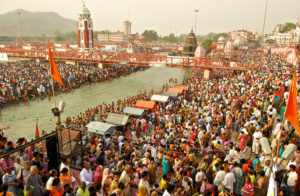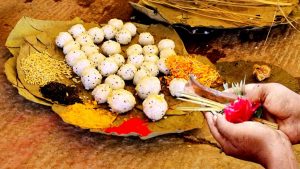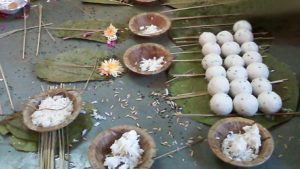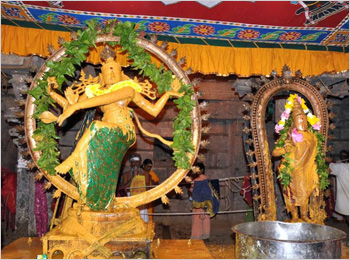Aani Uthiram – Aani Thirumanjanam and its rituals
Aani Uthiram – Aani Thirumanjanam (30-June-2017)
Aani Uthiram is considered as an auspicious day for the worship of Lord Nataraja (Lord Shiva). This special occasion falls on the day of Uthra nakshathra (star) in the Tamil Month of Aani. In 2017, the festival of Aani Uthiram falls on the 30th of June.
“Aani Uthram” is also popularly referred to as “Aani Thirumanjanam”. The word “Thirumanjanam” literally means “Holy bath”. Thus special rituals like Abhishekams and archanas are performed to Lord Nataraja on this revered occasion. Aani Uthiram is celebrated in most Nataraja temples across the world, with a grand procession of the Lord organised at the famous Chidambaram Nataraja Temple. Thousands of devotees gather at Chidambaram every year to witness the grandeur celebrations of this venerated festival.
Aani Uthram is widely believed to be the day when Lord Shiva appeared before the holy Saint Manikkavachakar underneath a Kurundai tree in order to offer upadesha (advice). Thus this day is considered significant to the many devotees of Lord Nataraja. It is noteworthy that Saint Manickkavachakar is also the author of the much revered religious hymns on the Lord called the “Thiruvachakam”.
The Nataraja form of Lord Shiva signifies five major functions of the Lord namely the creation, preservation, destruction, concealment and salvation. The rattle (udukkai) that he carries in his right hand denotes creation while the raised right arm with the open palm (abhaya hastam) indicates protection. His left hand holding the fire demonstrates the function of destruction. The firmly placed foot of the Lord represents concealment while the other raised leg signifies salvation.
Six special abhishekas are performed to Lord Nataraja in a year. This is based on a unique calculation. Our planet Earth takes 365 days to complete one full revolution around the sun. This duration is classified into six seasons namely Marghazhi-Thai (early winter), Maasi-Panguni ( late winter), Chittirai-Vaikasi ( early summer), Aani-Aadi (peak summer) Avani-Purattasi (autumn) and Aippasi-Karthikai (monsoon). The above six season of one earthly year is in fact considered as one full day for the heavenly beings (gods & goddesses) which has six periods namely the dawn, morning, noon, afternoon, evening, and night. Thus usually six poojas (Aaru Kaala pooja) rituals are performed to the Gods in temples every day. During each of these six seasons, a special Abhishekam is performed to Lord Nataraja (Lord Shiva). One of these special abhisheka is the Ani Thirumanjanam, that is performed on the pradosha evening of the day of Uthiram star in the Tamil month of Aani (June-July). Thus this occasion is believed to be the ideal time for offering prayers to Lord Nataraja.
Reach us to be a part of our whatsapp spiritual reminder group








